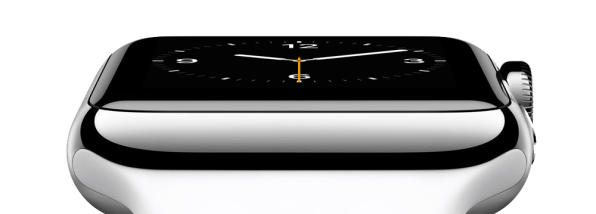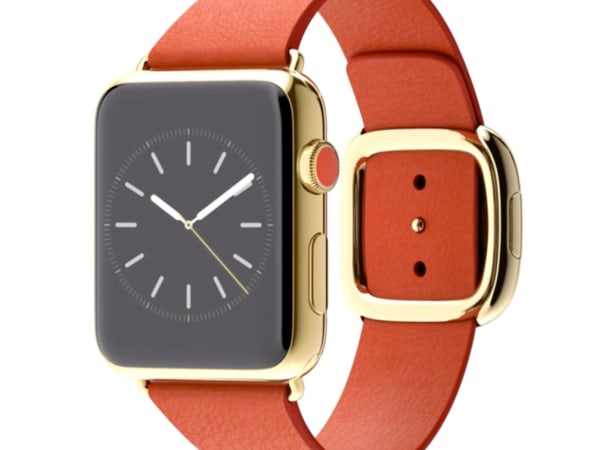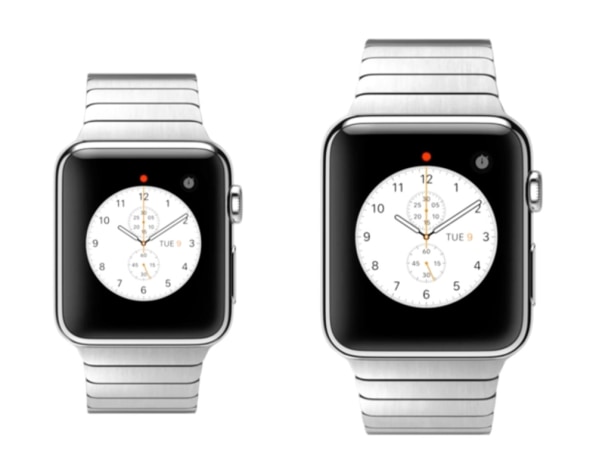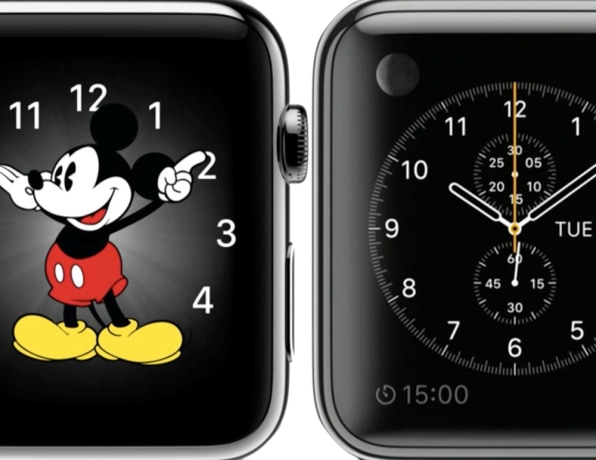Annual Report Design Trends 2020
Whatever the Apple Watch is, it's not a watch. Not really. Nor is any smartwatch: the Moto 360, the Pebble, or the Samsung Gear Live. It's an entirely new class of device. But it doesn't look like a new device. It mostly resembles a watch. That's because Apple (and other gadget makers) are turning to an old frenemy to help wrap their heads around these things: skeuomorphic design.
What is skeuomorphism? In the software world, it's all those buttons, shadows, gradients, chrome, and textures that designers use to make digital software resemble the real-world objects they're meant to replace. It's the calendar app bound in virtual cowhide, or the podcast app that looks like an ancient reel-to-reel tape recorder. It's a design language of digital fakery that Apple stuck to until Jony Ive blew out of the airlock with iOS 7. In the case of the Apple Watch, it's the wrist-based computer that resembles an analog timepiece in form alone.

But despite Apple's big move away from these principles last year, it had good reason to follow along with other smartwatch makers and revisit the concept with its watch: Skeuomorphism is good at teaching people how to use new technology. In the words of our own John Pavlus, the iPhone's use of skeuomorphism was "a canny and monstrously effective solution to a daunting problem: how to make an input method once only seen in science fiction movies seem as normal and friendly as… well, as dialing a phone."
It was effective, but over time we learned how to use smartphones and skeuomorphism lost its utility–nobody needs smartphone calendar apps to be bound in faux Corinthian Leather anymore to figure out how to use it. It became tacky. Which is why Apple eventually shifted away from skeuomorphism. There were so many more interesting things to be accomplished with pixels and bytes than just simulate real-world objects. It could forge entirely new, digital-first schools of design, embracing interactions like gestural swipes to fast-forward through songs or navigate web pages.

But with smartwatches, there's a new type of device which requires its users to learn how to really use it. And the Apple Watch's brand of skeuomorphism may not manifest itself with the same maniacal zeal that led to fake Armenian needlelace and exploding lens flares popping up in iOS, but it's there. This revisiting of skeuomorphism is subtler, more sophisticated and tasteful than it was before. It's most notable in the selection of real-world watch faces that can make your smartwatch look like a digital simulacrum of everything from an expensive Rolex to a cheap Swatch.

And this new wave of skeuomorphism isn't just limited to their digital interfaces. The industrial design of smartwatches themselves are inherently skeuomorphic. After all, a smartwatch is a computer that you wear on your wrist. It aspires to be the same kind of connected portal of information that your smartphone, your TV, and your laptop are. It can be any shape, any size, but the reason it looks like a watch is simply for the sake of familiarity: to ease you into something new. This goes double for the Apple Watch and its primary interactive element, the digital crown, which repurposes the age-old watch component as a new way to zoom in and out of digital interfaces.

You don't check your pulse, or remotely control your phone camera, or control Netflix, or pay for a cup of coffee with a traditional watch, but you will do all those things with the Apple Watch. Just like the iPhone was a sci-fi device come to life, the Apple Watch is a Dick Tracy communicator, and its very existence raises all sorts of questions: What is this thing? What's it for? How are we supposed to interact with it? And while we might not know how to interact with a wrist-mounted, health-tracking computer, we know how to use a watch.
Whether its smartwatches or any other new innovation, skeuomorphism serves as the Hitchhiker's Guide to Technological Marvels; it's a reassuring way of saying "DON'T PANIC." That watch face ticking away when you glance at your wrist is Apple and every other smartwatch maker signaling to you that everything's going to be okay. That this futuristic communicator that can read everything from your email to your pulse to your bank account will eventually seem as commonplace as a Mickey Mouse watch. And when it is, maybe you won't need to think of it as a watch to make sense of it any more.
More from Wearables Week:
- It's Time To Look Beyond The Smartwatch
- 4 Wearables That Give You Superpowers
- This Wearable Tunes Out Your Annoying Boss
- The Problem With Wearable Technology, According To "Blade Runner" Designer Syd Mead
- This Is What It's Like To Wear Smart Spandex During A Workout
- From The Designers Of Fitbit, A Digital Tattoo Implanted Under Your Skin
- This Is The Only Smartwatch That Matters
Annual Report Design Trends 2020
Source: https://www.fastcompany.com/3036347/the-most-hated-design-trend-is-back
Posted by: hopkinswhinvotat.blogspot.com

0 Response to "Annual Report Design Trends 2020"
Post a Comment